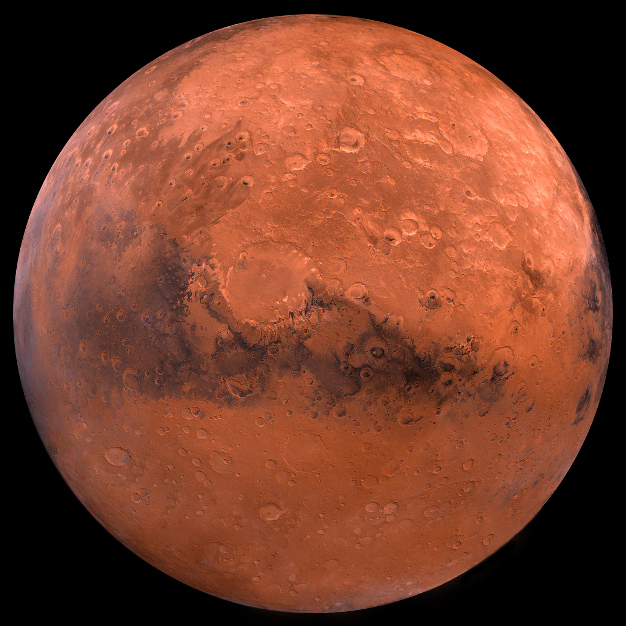
An atomic clock small enough to fly on a space mission but precise enough to give accurate directions could eliminate the need for 4-20 minute two-way communication delays for Mars missions. Future navigators would send a signal from Earth to a spacecraft. Like its Earthly cousins, the Deep Space Atomic Clock onboard would measure the amount of time it took that signal to reach it. The spacecraft could then calculate its own position and trajectory, essentially giving itself directions.
“Having a clock onboard would enable onboard radio navigation and, when combined with optical navigation, make for a more accurate and safe way for astronauts to be able to navigate themselves,” said Deep Space Atomic Clock Principal Investigator Todd Ely.
This one-way navigation has applications for Mars and beyond. DSN antennas would be able to communicate with multiple missions at a time by broadcasting one signal into space. The new technology could improve the accuracy of GPS on Earth.
And multiple spacecraft with Deep Space Atomic Clocks could orbit Mars, creating a GPS-like network that would give directions to robots and humans on the surface.
